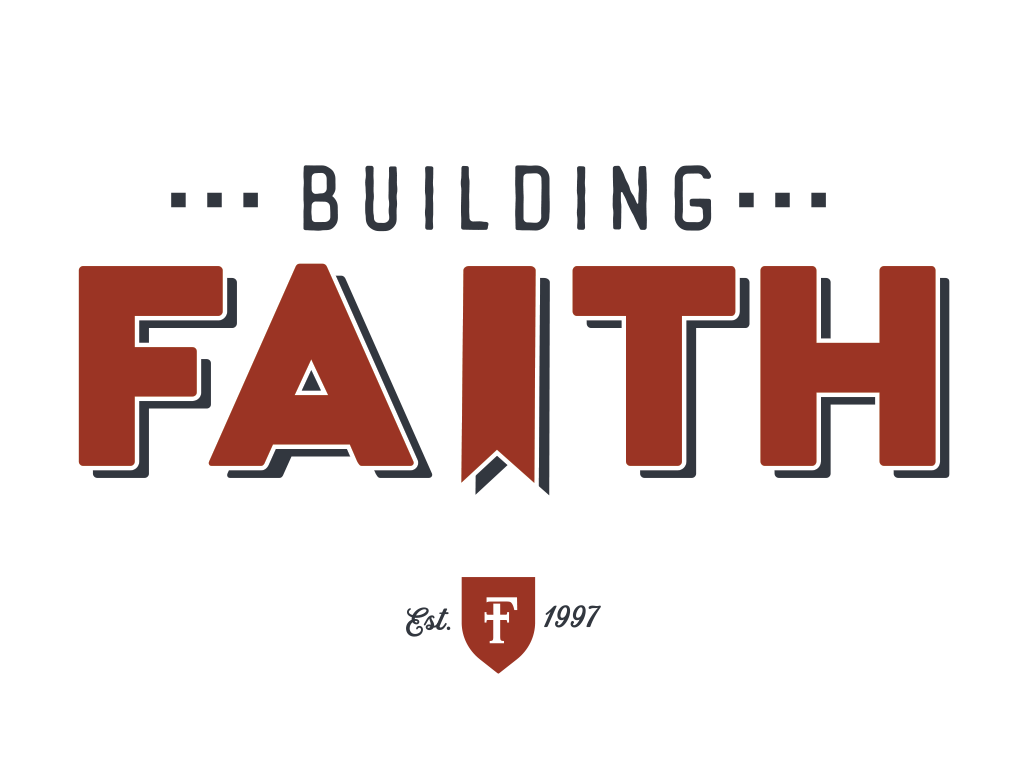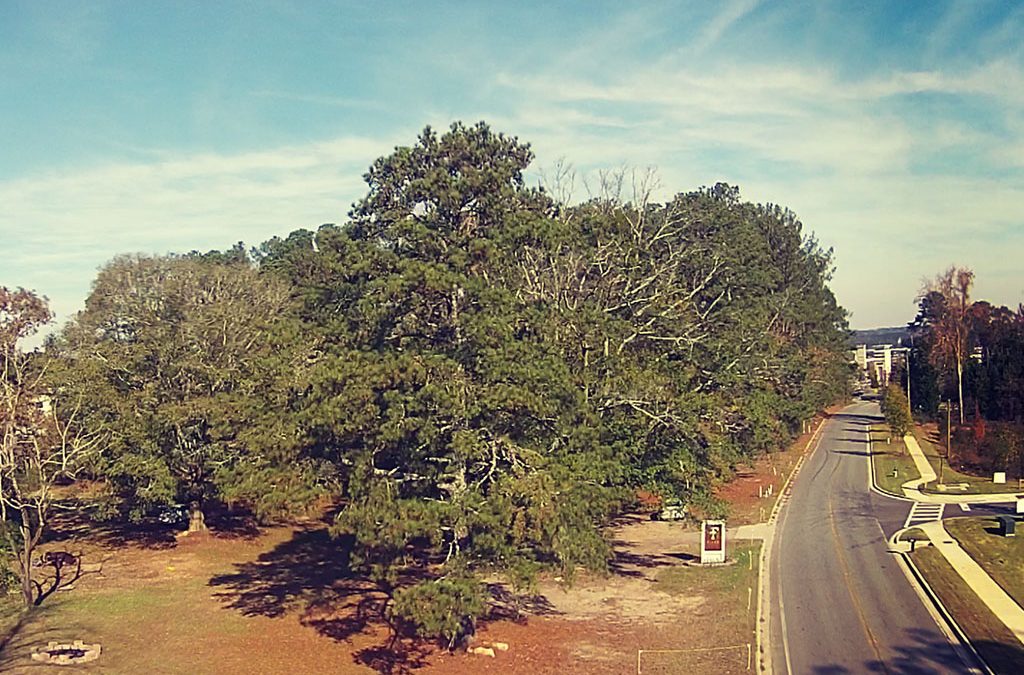Addressing Your Two Biggest Questions:
How Much? And How Soon?
If you’ve ever watched any of the home buying shows on TV, it’s fascinating to watch as each couple explains what they’re looking for in a home. It could be a big kitchen, several bedrooms, land, or a spacious master bathroom. Whatever their desires are, it’s always met with reality when the real estate agent asks, “Now, what is your budget?” The numbers always bring the buyers back to earth. It’s easy to have a big wish list of all that you want in a new home.
It’s no different for us as we look toward building a new church “home.” But in every case, the reality of the numbers always brings us back to consider what we really need versus what we want. Unfortunately, we haven’t had all the numbers in place to know exactly what we could afford and how to best spend our money in building our new place of worship. There are several reasons for this, but one of those reasons is quite exciting. Let me explain.
As you may know, we hired an architect to develop the site plan, pull permits, find out what we can and can’t build, and design the foundational aspects of the building. We hired the architect to do these things on a fee-based schedule. All of this work had to be done no matter what we built. So it was money well spent. However, if we continued with this architect, the cost would go up substantially. Instead of paying for a service, we would have had to pay by a percentage of the cost of the entire project. The cost could have easily gone up to $300,000, $400,000, or more, depending on how big our project became. So we had to commit a lot of money before moving forward.
By His providence, the Lord put us in contact with a Christian architect who wanted to do all of this work for the church. And he wanted to do it all for FREE! His name is Steven Fuller. We’ll have the entire story in next month’s issue. Our focus here is on the numbers. But we have to mention him here for three reasons. Obviously, Steven’s involvement is going to greatly impact our numbers by savings us hundreds of thousands of dollars. Second, switching architects has put us behind schedule. We hope to make up some of that time in the coming months, but the elders felt it was worth the delay to save all this money. And, finally, we mention it here to show you how God is working through our long-suffering. As we walk step-by-step through this process, He continues to make His presence felt in very real ways that should encourage us and give us even more reason to praise Him daily. Again, we’ll have more on Steven Fuller next month. So, let’s talk about the numbers.
The Goal for Our Budget
Because of the various delays, we don’t have the exact numbers for our project yet. But one of the key metrics that has driven the elders’ discussion of our new building has been our monthly debt ratio. Understanding this will help you understand what the numbers will look like.
In the early years of FCC, we were able to construct our building with little or no debt. But the portion of the budget dedicated to the building projects swelled close to 50% at one point. That’s a heavy burden that can hinder our ministry and one we can’t sustain for long. Building with little or no debt is the ideal. But the scope of our current project would be exceedingly difficult to accomplish without some debt. Even if we build a simple metal building, the amount needed to do so would require debt. So the elders decided early in the process that if we needed to borrow money to construct our new facility, we should set a target not to exceed 25% of monthly income to pay the mortgage on our new church “home.” This number closely matches the recent historical portion of our church budget that has been dedicated to capital projects (construction and renting). We felt this was the highest reasonable debt we could shoulder and still allow us to continue doing ministry the way we have always done ministry. And we could do so while pursuing the advantages of a new building at our new location.
Our current operating budget is about $814,000. This doesn’t include our annual leases for worship space and office space. Last year, we received about $1,116,900 in undesignated offerings. That’s a difference of $302,900 (or 27%) between our offering receipts and our operating budget. So, roughly 27% of the money we received was either used to pay our leases or was added to the Building Faith Fund. With a new building, that 27% excess cash over our operating budget would be used to service any debt that we may have on our new building. So you can see how keeping our costs in this 25% range would be a comfortable approach for us. It’s well within the range of how we’re currently operating. And it wouldn’t overly burden the resources of our church family.
Applying This Budget to the Design
As we’ve looked at the design of the new building, we’ve approached it with this key metric in mind. We could easily design a building that would have every feature and luxury that every ministry leader ever wished for. But such a building would be beyond what we could practically afford. So we have been trying to design a building that encompasses as many of our ministry needs and desires as we can, but which will remain within our historic 25% ratio. That has resulted in a process of designs and redesigns along the way, because we want to remain committed to these debt-service parameters.
So this begs the question: If we are committed to a debt service ratio of 25%, how much total money does that allow us to borrow? Your monthly mortgage payment is going to be determined not only by how much you borrow, but also by the interest rate and by the total number of years at which you amortize it. So, if we can find a lender who will give us a more competitive rate or who will amortize our loan at 30 years rather than 20, then it will increase our flexibility in the amount we borrow. But there’s another important factor we have to consider.
Generosity and Blessing
Obviously, another important factor that determines what we build is how much we receive in offerings. In an ideal world, we would raise all the funds necessary and never have to borrow any money. But in today’s world of building costs and with the increasing scope of facilities that we need to meet the needs of a growing ministry, it doesn’t seem prudent to imagine that we would be able to raise 100% of the funds for this project in a reasonable amount of time.
Still, we recognize that the Lord has greatly blessed us and we believe that He blesses those who cheerfully give to His work. We also recognize that it’s not possible nor wise to try to borrow all the funds for this building. So we have called on you, the family of Faith Community Church, to give generously to this project. We have asked for offerings in the past, and we will need to do so in the future. With the end of the year upon us, now is a great time to consider giving to the Building Faith Fund.
We firmly believe that the Lord will honor those who sow seed generously. We also know you will experience a tremendous blessing through how the Lord is going to use the ministries that take place in our new church home.
How Soon Can We Build?
No doubt, the most common question that our Building Faith Team members face is: “When will we break ground?” Right now, we don’t have a clear answer. As Steven Fuller completes the design, and we see how much the Lord brings in through offerings, we’ll be able to determine how much we can borrow. And we’ll be able to determine if we can create a design that meets most of our ministry needs within the boundaries of those numbers. To put some numbers to those ideas, consider this: If we can arrange lending for roughly $5,500,000 with a competitive rate and term, and if we can raise a total of $1,500,000 in offerings, we can build a facility that costs approximately $7,000,000. The design we have shown you in the past is estimated to cost more than that. We have scaled back where we can, but the cost estimate is still more than we can afford right now. So we’re looking at a solution that long-time FCC attenders have seen us implement before.
We’re exploring the possibility of doing the design in two phases. We have had a lot of people ask about this option. And it is a very real possibility – maybe even something we have to do. And it might allow us to move in sooner rather than later. Here’s how this would work.
In our upcoming Building Faith campaign, we have a goal of $775,000. We would couple this with the current $725,000 that we have in the Building Faith Fund. That would give us the $1,500,000 mentioned earlier. With that in hand, we would design the first phase of our project to that $7,000,000 number. If we cannot reach that goal, or if the terms of our financing are not as competitive, we would need to design the first phase of our project for a lower number. These are challenges, but we are actively exploring them with our architect. Building a new facility in two phases will mean that we would need to make significant changes to our Sunday School hour (for instance, we may have to use the Holiday Inn Express next door for some adult classes) and to office space (there would be no office space in the first phase). But the sacrifices would pay off in reducing the amount we have to borrow.
All of this means that when we build will come down to these three factors (1) offerings, (2) financing, and (3) design. We know you would like to have firm numbers in place by now. So we will continue to work on all three of these factors to line them up as quickly as the Lord allows. We want to do this well the first time. So please keep all three of these things in your prayers. We will endeavor to keep you updated along the way with developments in all three of these areas. We’re excited that the Lord has brought Steven Fuller along to help us. You’ll enjoy his story next month. And we look forward to seeing the Lord work in other ways as we move toward our new church home.

